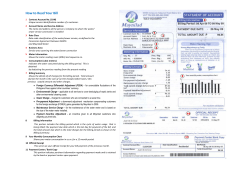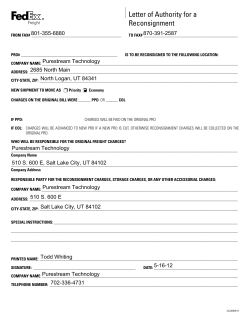
Physics Worksheet Lesson 16 Electrostatics
Physics Worksheet Electrostatics Charge 1 Charge 2 Distance Electric Force q1 q2 d Fe 2q1 3q2 d 2q1 ½ q2 d 2q1 q2 2d q1 3q2 2d 2q1 2q2 2d 2q1 q2 ½d ½ q1 q2 ½d 2q1 ½ q2 2d ½ q1 ½ q2 ½d 31. Example: The particle A carries 1.2 x 10-4 C, the particle B carries 2.4 x 10-4 C, and the particle C carries 9.7 x 10-8 C. The three particles form a equilateral triangle with the measure of the side 0.45 m. What’s the ratio of the repelling forces between A-C and B-C? Section: Name: Application of Coulomb’s Law 34. A 3-C charge and a 2-C charge attract each other with 5 N of force. How much will a 4-C charge and a 6-C charge attract each other when placed the same distance apart? a. b. c. d. e. f. 5N 12 N 10 N 20 N 40 N none of the above. 35. Two charges separated a distance of 1.0 meter exert a 6.0-N force on each other. If the charges are pushed to a separation of 2.0 meter, the force on each charge will be a. b. c. d. e. f. 0.75 N. 1.5 N. 3.0 N. 6.0 N. 12.0 N. 24.0 N. 36. Two charged particles held close to each other are released. As they move, the force on each particle increases. Therefore, the particles have a. b. c. opposite signs. the same sign. charges that cannot be determined 37. Exercise: The hydrogen atom consists of a single electron (mass 9.1 x 10 –31 kg) and a proton (mass 1.7 x 10 –27 kg) at an average separation distance of 5.3 x 10 –11 m. Compare the electrical and gravitational force between the proton and the electron in a hydrogen atom. 32. Example: Determine the electrical force of attraction between two balloons with separate charges of 3.5 x 10-8 C and -2.9 x 10-8 C when separated a distance of 0.65 m. 33. Exercise: Each of the two identical hot-air balloons acquires a charge of 3.2 x 10–6 C on its surface as it travels through the air. How far apart are the balloons if the electrostatic force between them is 4.5 x 10–2 N? 38. Exercise: If a positive test charge is located between two charged spheres, A and B. Sphere A has a charge of +4q and is located 0.2 meter from the test charge. Sphere B has a charge of -2q and is located 0.1 meter from the test charge. If the magnitude of the force on the test charge due to sphere A is F, what is the magnitude of the force on the test charge due to sphere B? Test Charge +4q + 0.2 m Mr. Lin -2q 0.1 m 3
© Copyright 2025











